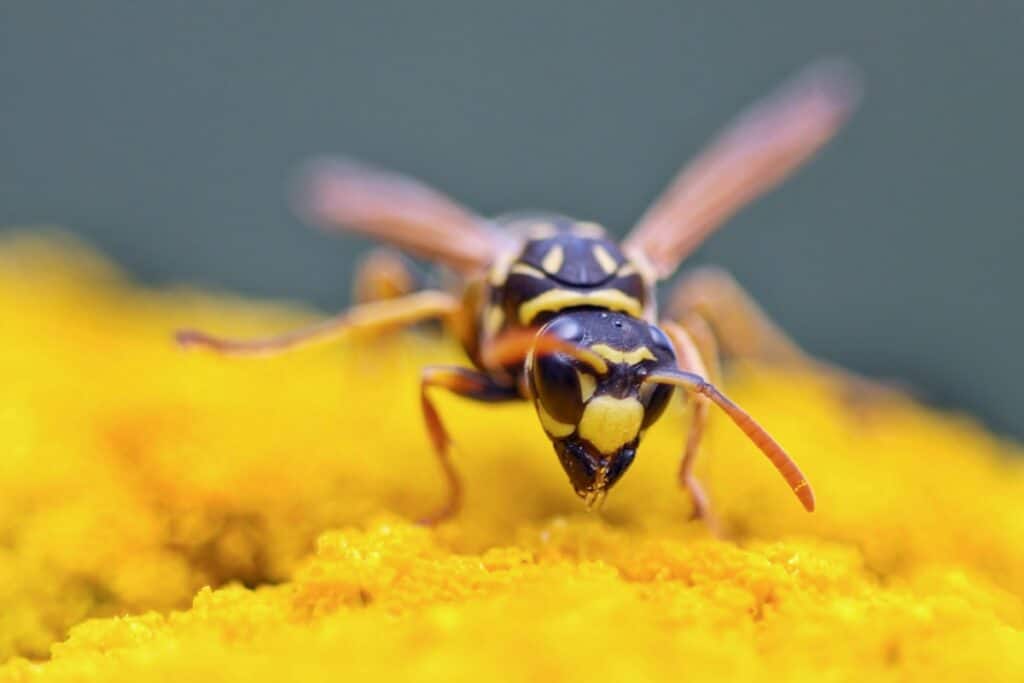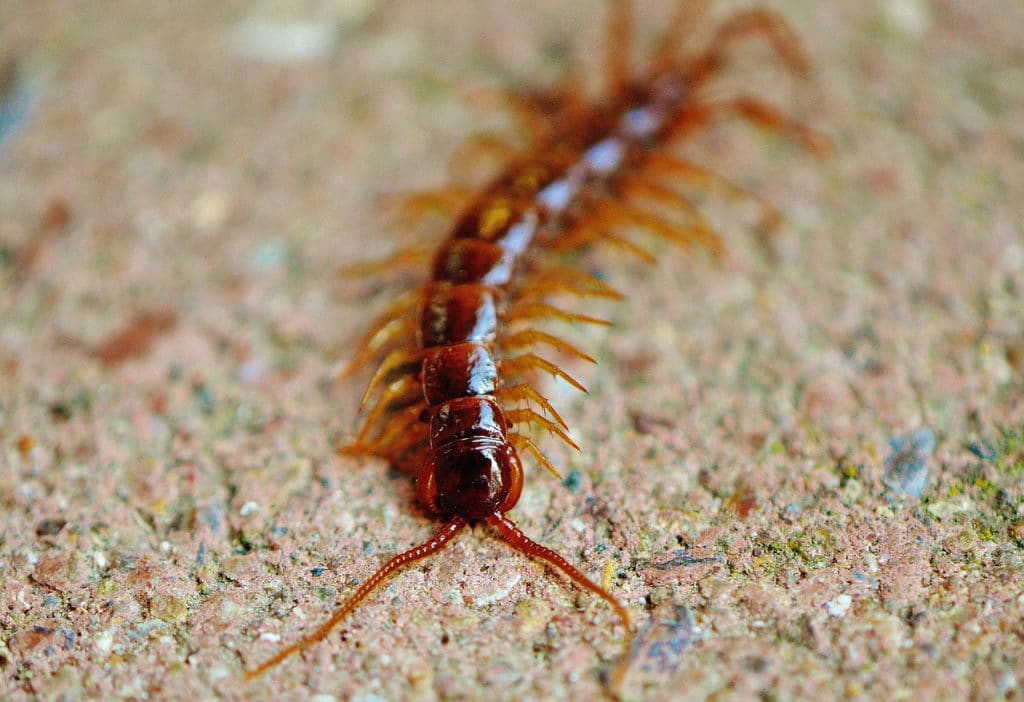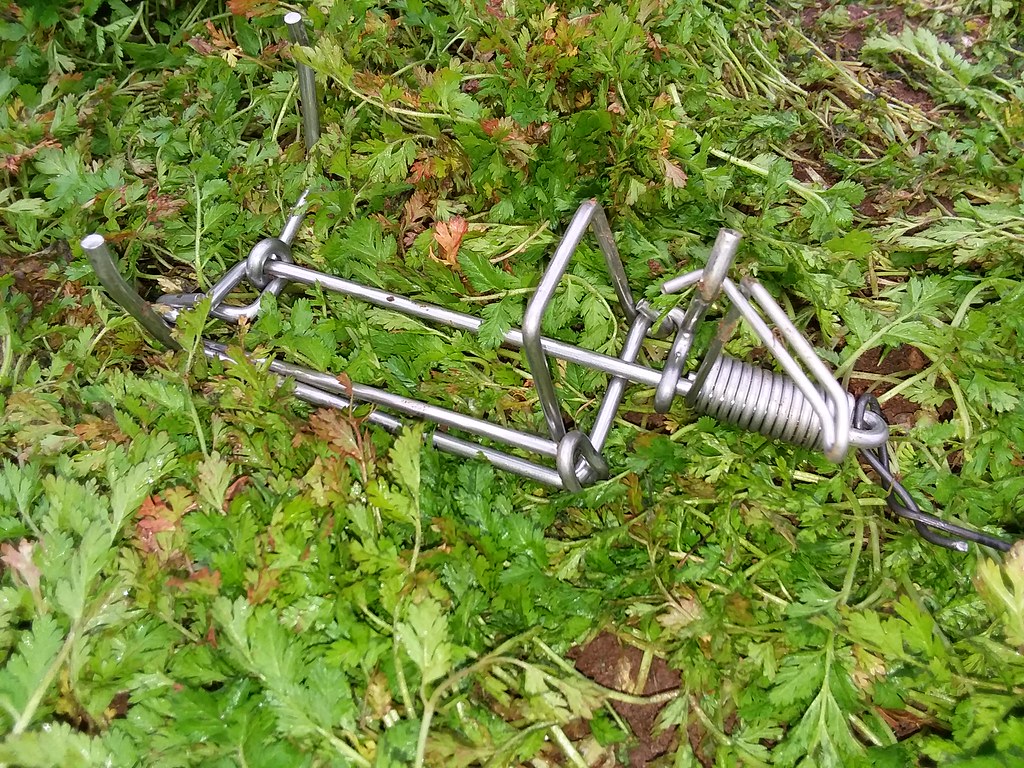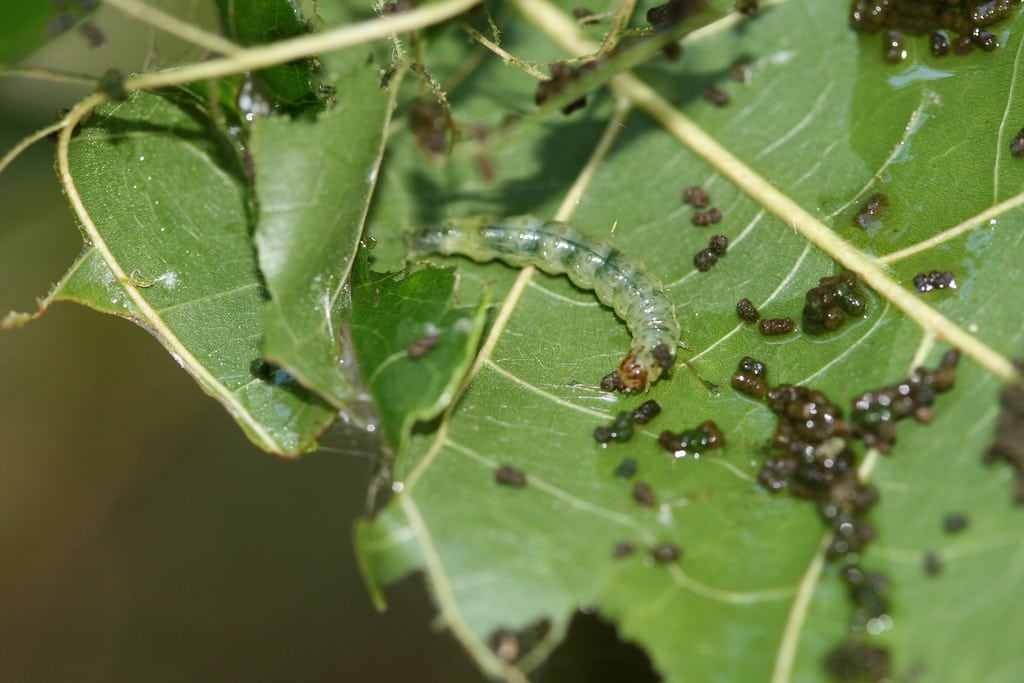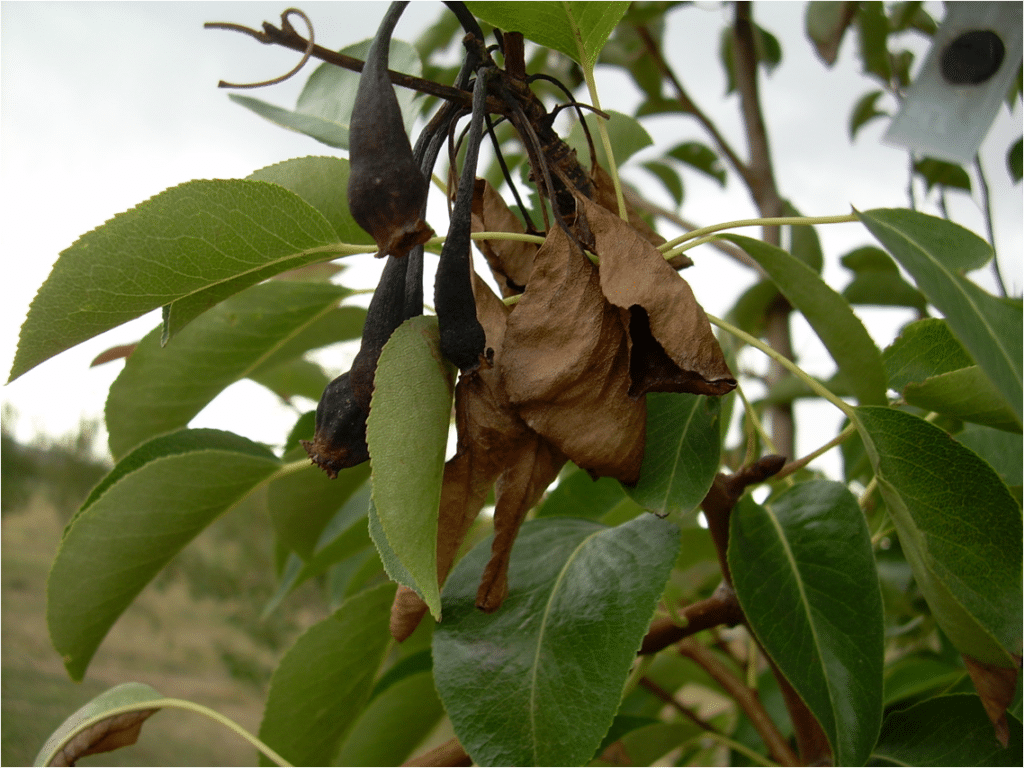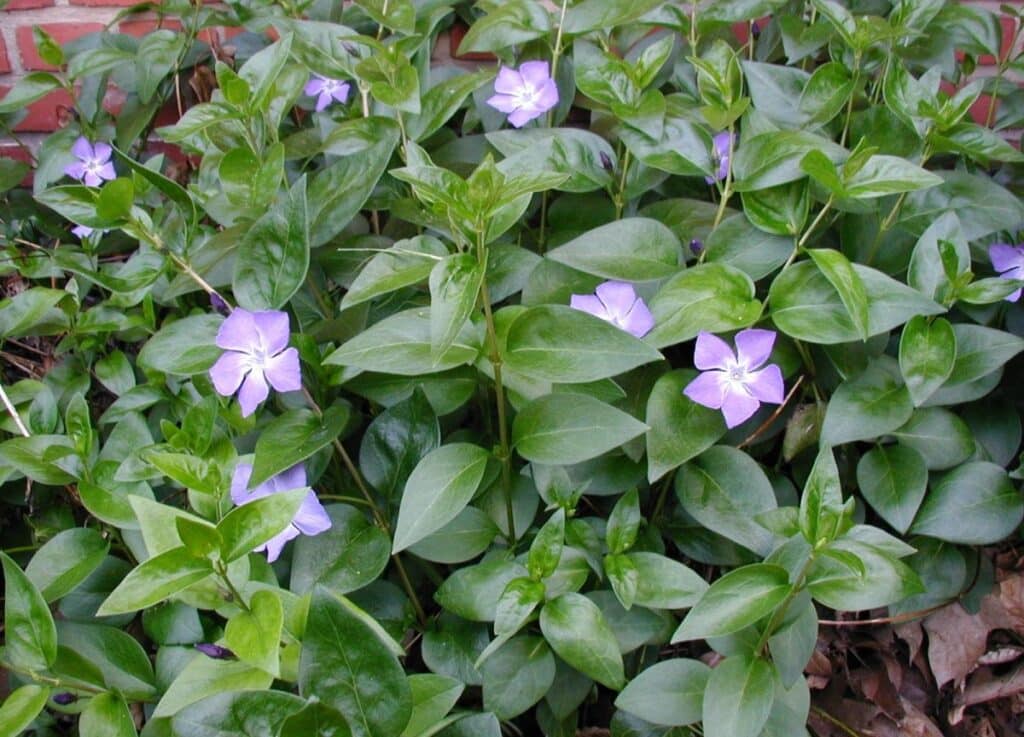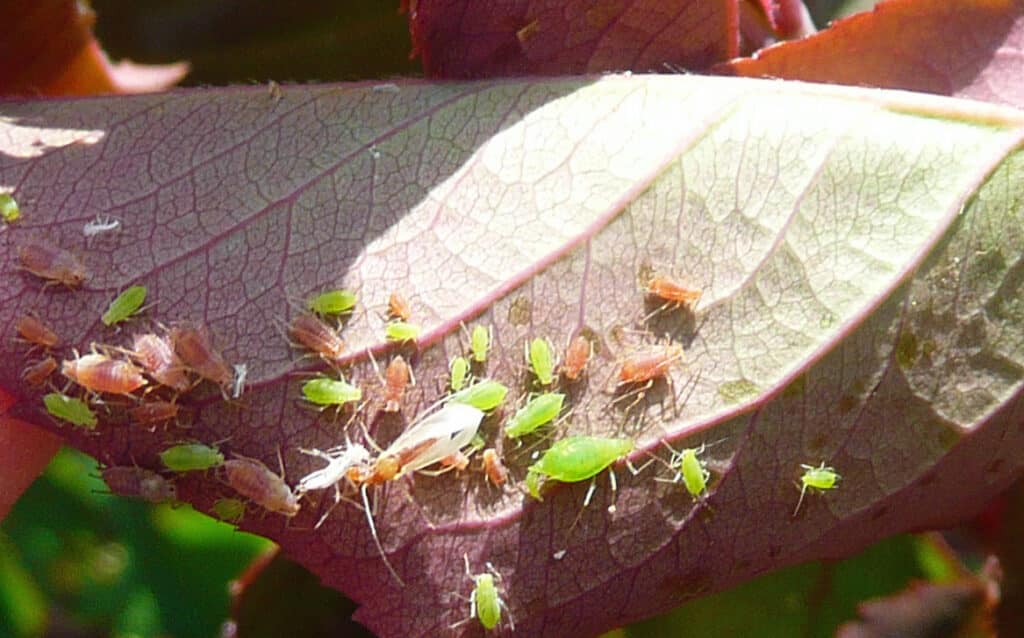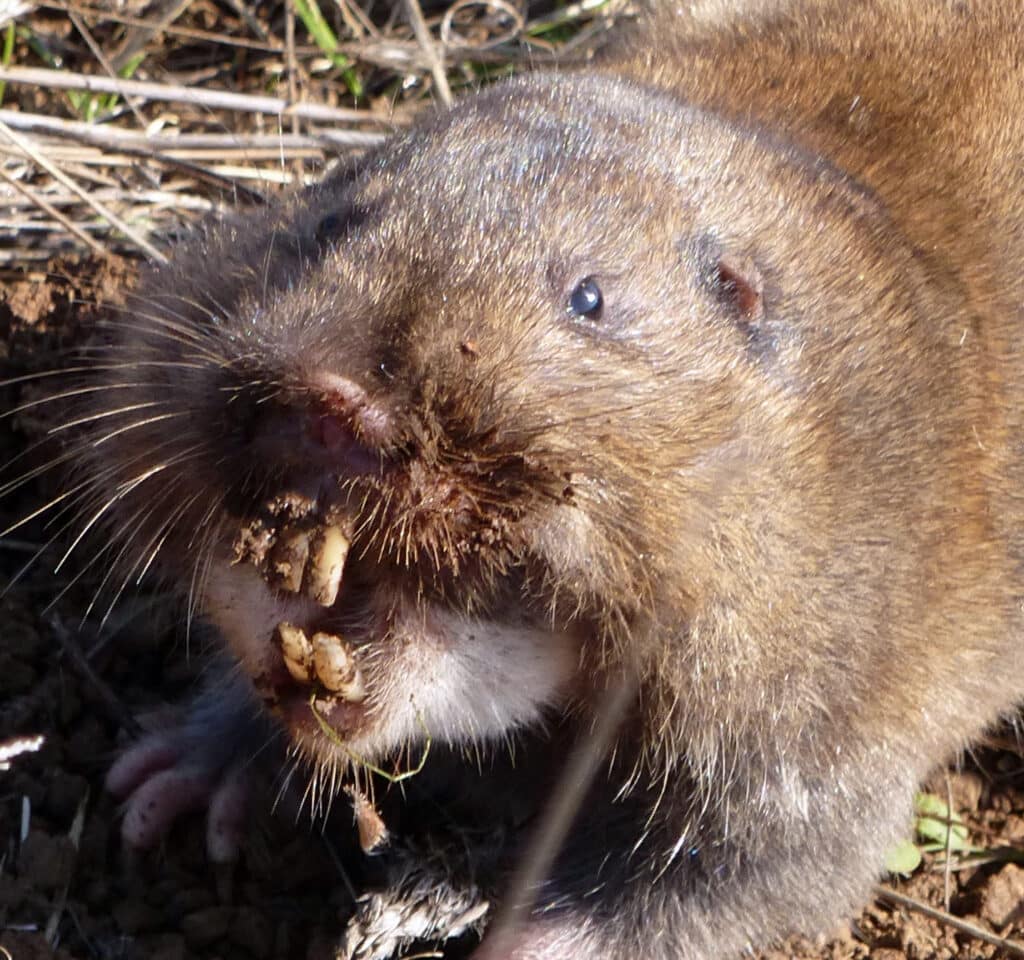Watch Out for Yellowjackets!
Summer is here and so are yellowjackets – those one-half to one-inch-long bright yellow wasps with black strips and their signature “narrow” waist. Yellowjackets prey on other insects and scavenge on human food and garbage. They will fiercely defend their nests – in holes in the ground, inside wall cavities or hanging gray paper-looking ones, […]
Watch Out for Yellowjackets! Read More »
